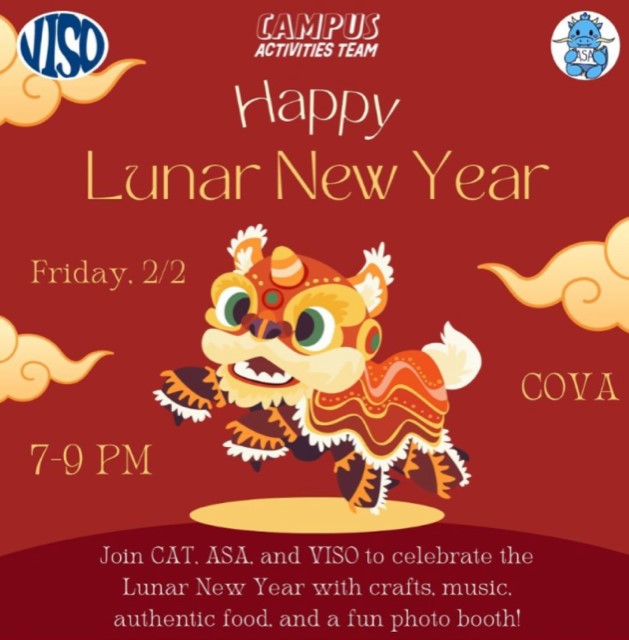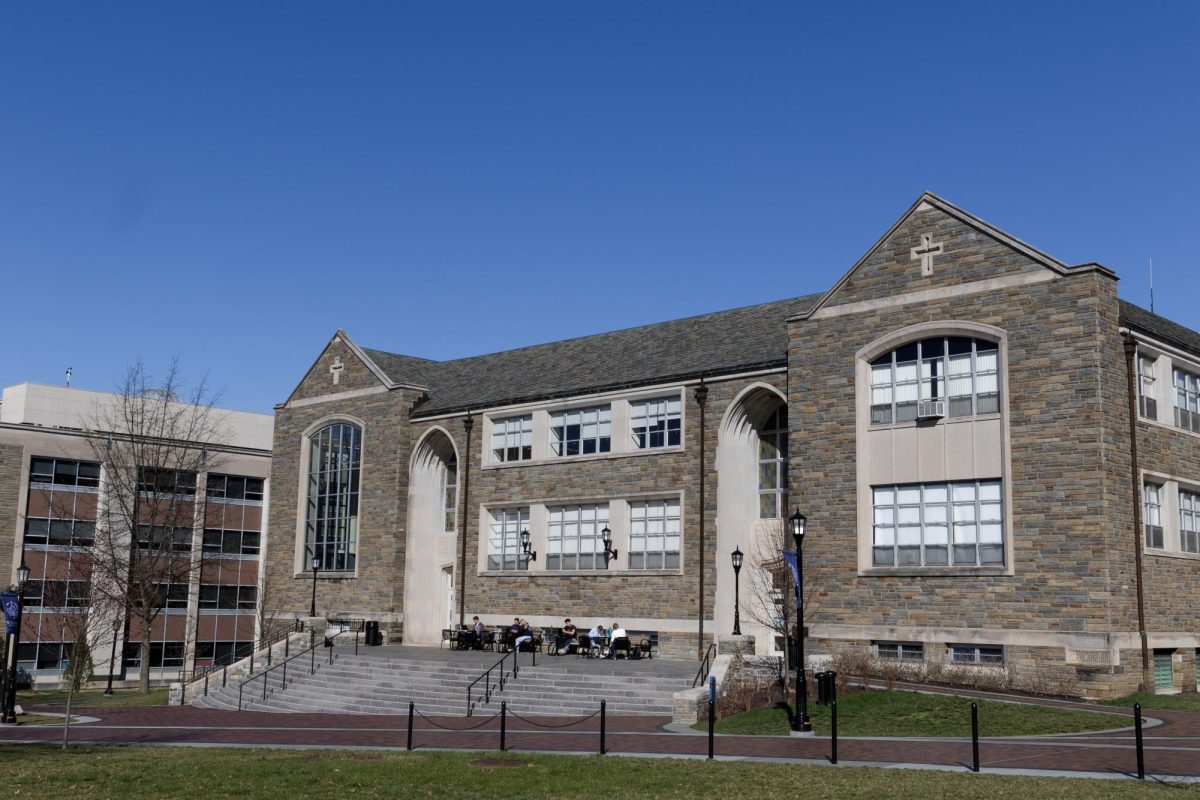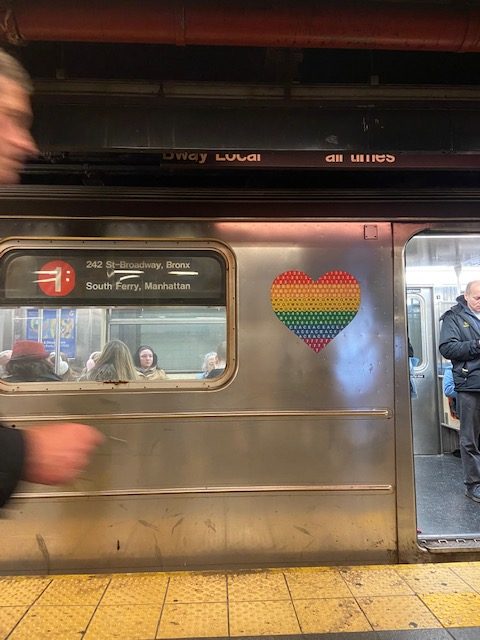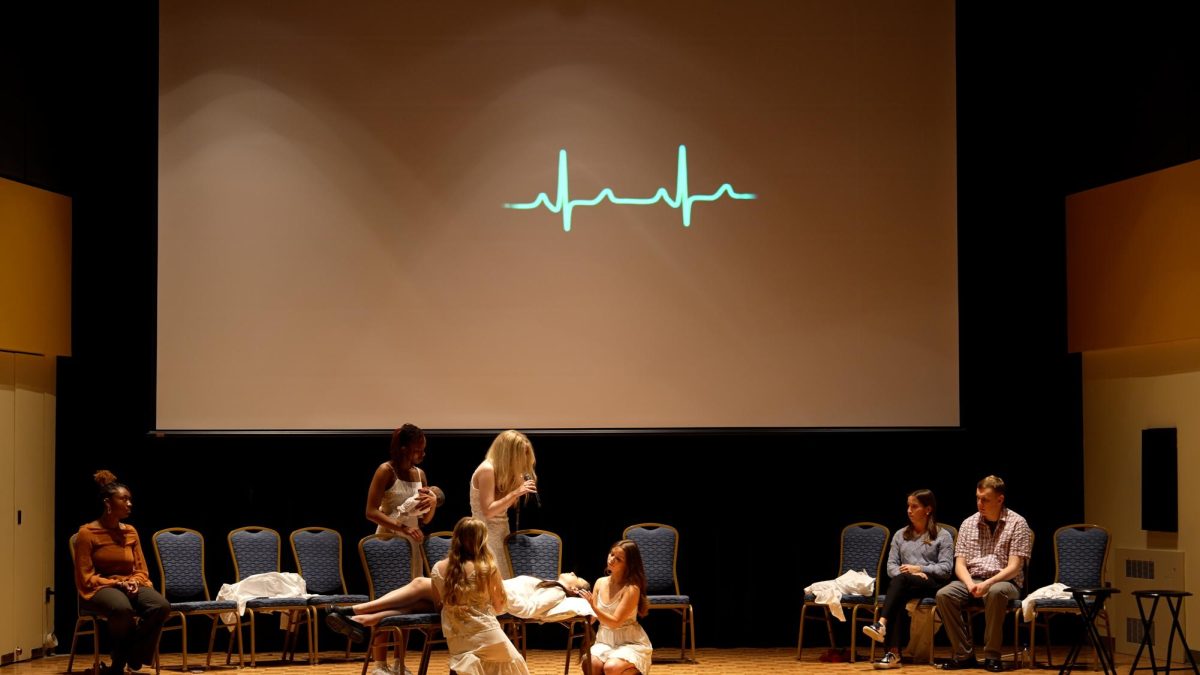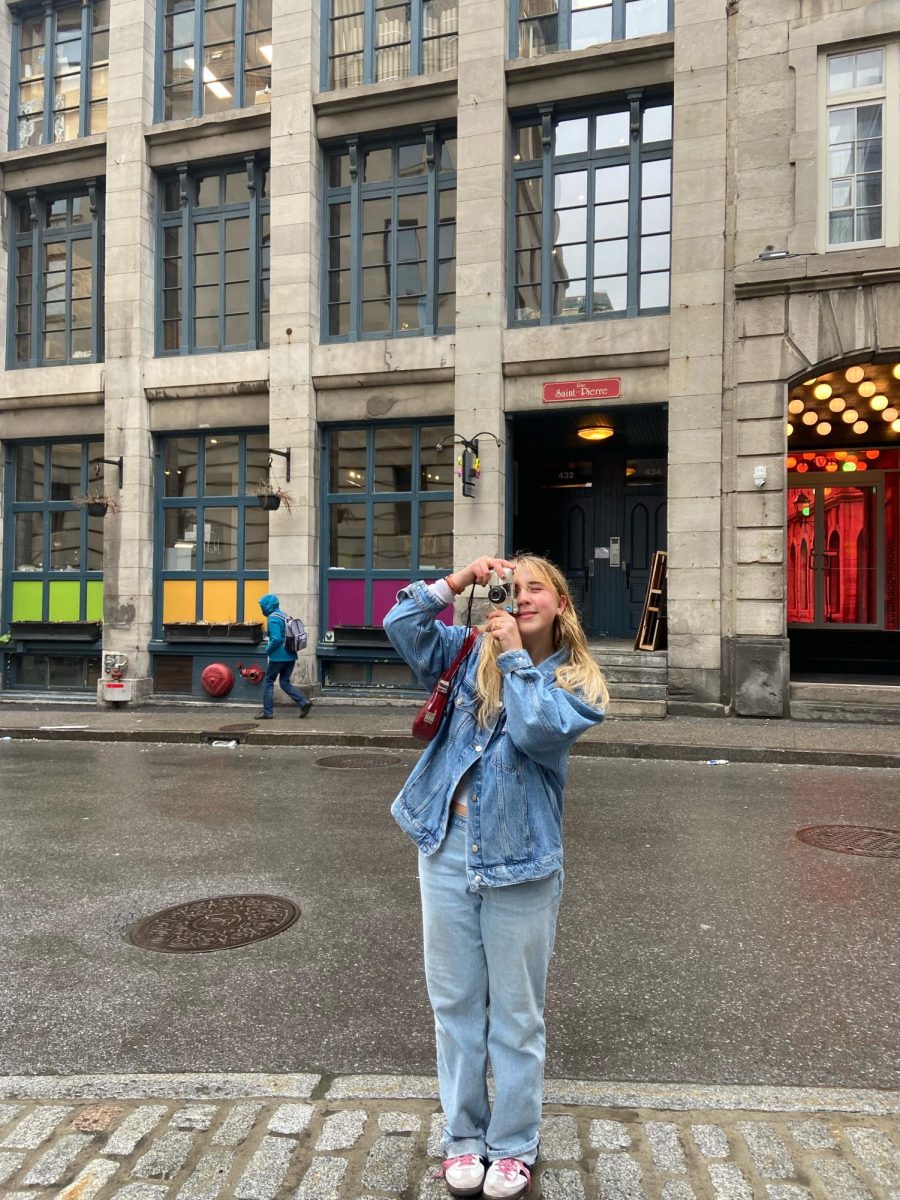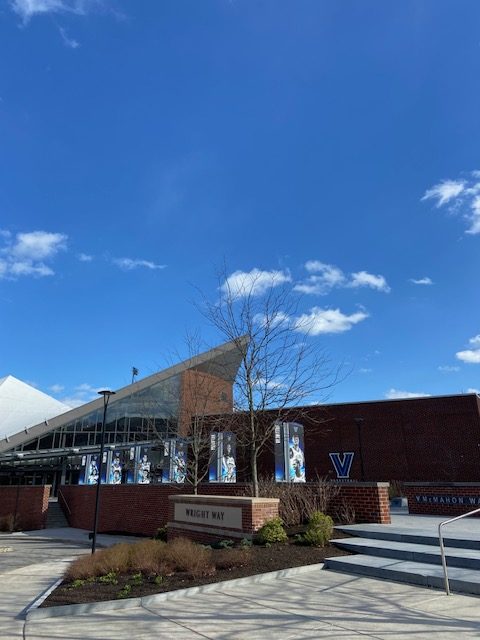Villanova’s Campus Activities Team, Asian Student Association and Villanova International Students Organization hosted a Lunar New Year celebration in Café Nova last Friday, Feb. 2 with music, authentic food, a photo booth and cultural crafts.
The Lunar New Year, also known as Chinese New Year or Spring Festival, is a 15-day celebration marking the arrival of spring and the start of a new year, according to the lunisolar calendar. The festival begins each year on the second new moon after the winter solstice. This year it began on Feb. 10. The festival ends 15 days later, on the first full moon.
“Lunar New Year is centered around removing bad luck for the year and welcoming good luck and prosperity,” senior and Villanova ASA President Alice Wu said.
The Lunar New Year is based on the Lunar Calendar rather than the Gregorian calendar. There are 12 animals in the Chinese zodiac: rat, ox, tiger, rabbit, snake, horse, sheep, money, rooster, dog, dragon and pig. Each zodiac sign is believed to mark the personality and fortune of individuals born that year. This Feb. 10 marks the beginning of the year of the dragon, and people born this year are defined as energetic, determined, idealistic and independent.
“CAT’s Lunar New Year celebration was a collaboration between CAT, VISO and ASA to celebrate Lunar New Year and its many variations with the entire Villanova community,” Wu said. “The three organizations got together to organize some popular activities like calligraphy and delicious food like spring rolls and dumplings for the campus.”
Although celebrations between Asian countries vary, the Lunar New Year is often celebrated with parades, enjoying traditional food and cultural performances. China specifically celebrates by eating dumplings and wearing red, as red symbolizes prosperity. Family members may also pass down red envelopes filled with money to symbolize good energy and happiness in the new year.
Together, CAT, ASA and VISO hoped to share a piece of Chinese culture with the rest of the Villanova community who may not celebrate Lunar New Year or know much about its historical and cultural significance. ASA was especially involved in planning the activities at the event, which consisted of calligraphy, lantern decorating and origami.
“It feels nice to know such a big organization [like CAT] looks towards diverse holidays to introduce to campus,” Wu said. “It is important to acknowledge diversity in culture and identity to ensure that everyone feels welcome. The historical and cultural significance of the Lunar New Year to many Asian ethnicities is not something common to the campus population, and it was really nice to share a snippet of my culture and calligraphy skills.”
For more information on upcoming cultural events and celebrations on campus, follow @villanovacat and @villanovaasa on Instagram.

